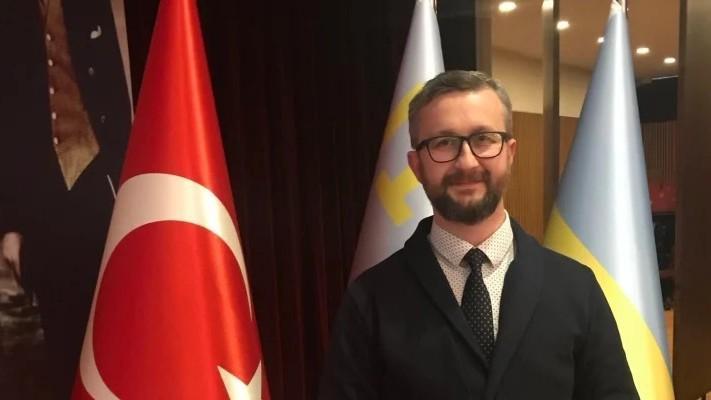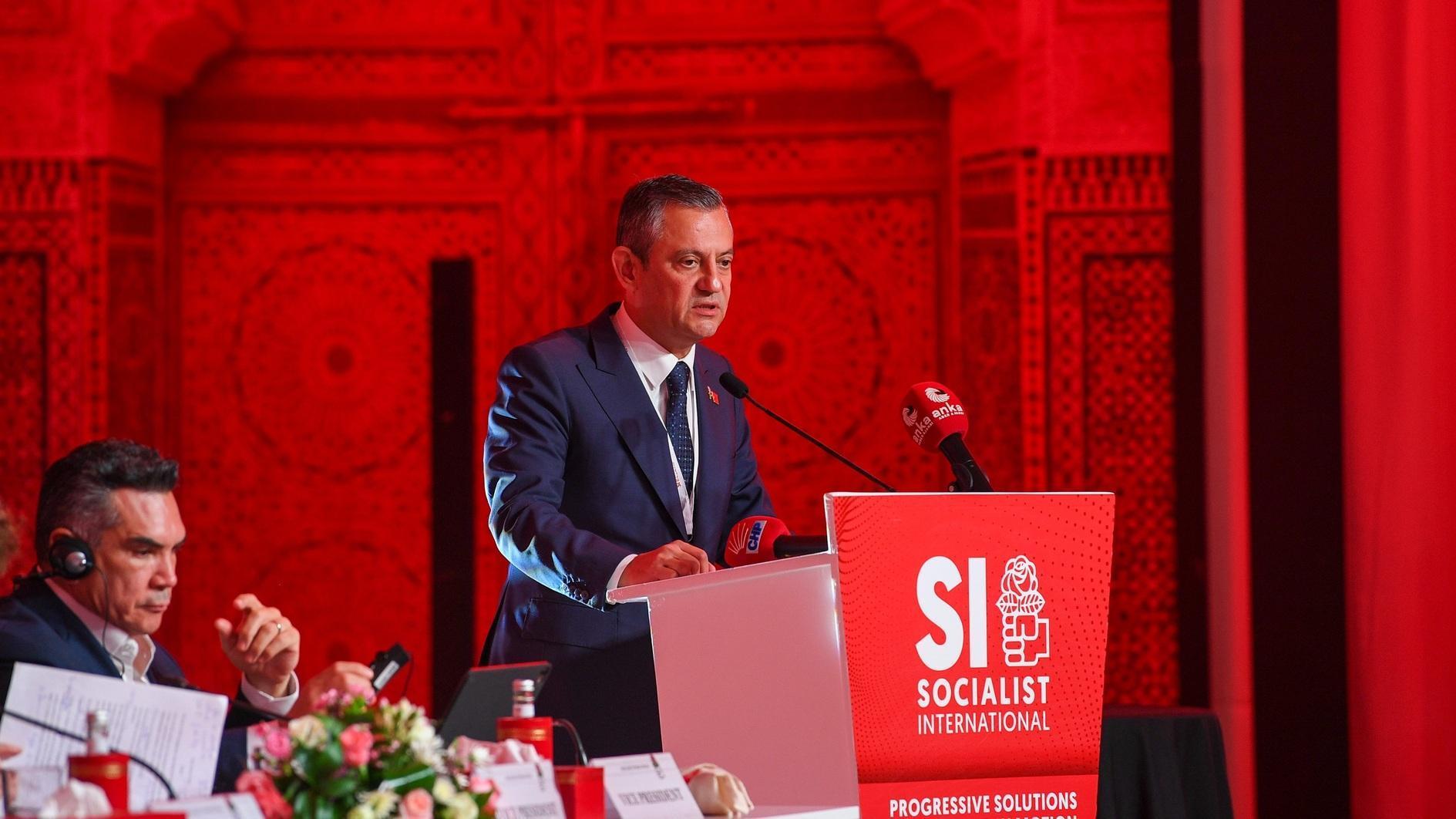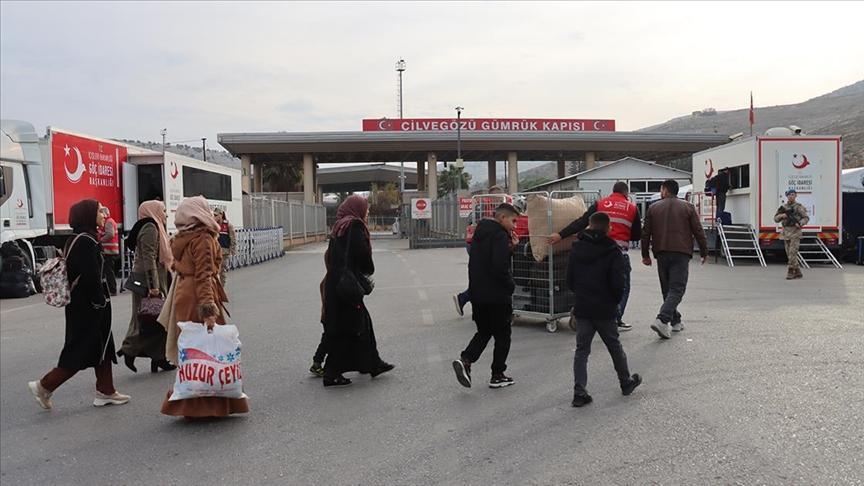Changing U.S. Policy in Syria
The Syrian civil war has moved into a new stage with the U.S. decision to provide direct military support to the opposition forces. The Obama administration had already been providing “humanitarian and non-lethal” assistance since the beginning of the crisis. It has changed its strategy now after seeing evidence to the fact that the Bashar al-Assad regime has used chemical weapons on the ground. The initial signs of using chemicals by the Assad regime emerged in April, though the Obama administration did not wish to act without verification. On June 13, 2013, the White House announced that it had conclusive evidence regarding the use of chemicals in Syria and estimated that 100 to 150 people have died from the detected chemicals last year.
The number of casualties, compared with the total death toll, nearing 100,000 since the beginning of the civil war, is not enough to effect an alteration in the U.S. strategy. There should be additional reasons behind the change. The battle for Al Qusayr between the opposition forces and the military, supported by a small Iranian group as well as Hezbollah troops, was the beginning of the new thinking within the Obama administration. The Assad regime regained operational initiative and advantage in the conflict by capturing Al Qusayr City, which is a strategic supply line for the opposition forces near the Lebanese border. Clear involvement of Hezbollah forces and Iranian support helped the regime to overcome the opposition forces, as well as showing the regional context of the conflict to all who wish to see.
The conflict also reached to a stage where the U.S. allies in the region are now feeling vulnerable. Apart from its potential to ignite a region-wide sectarian conflict, there is now a serious refugee problem in the neighboring countries. The representative of the United Nations High Commissioner for Refugees warned “the number of Syrian refugees could reach a new high of 3.5 million people by the end of the year.”
Finally the changing status quo on the ground foreshadowed the upcoming Geneva Talks between the opposition forces and the al-Assad regime. Having captured the initiative on the ground, the regime will have the upper hand in the talks.
Till now, the U.S. has been reluctant to provide direct military support due to its concerns regarding the composition of the opposition forces, consisting of the people who have close links with the al-Qaida, especially al-Nusra front, and the Muslim Brotherhood. The risk of passing weapons to radical groups, which might turn against the U.S. in future, has stopped the U.S. so far. It seems that the costs of inaction overweigh the risks now.
Nevertheless, providing military assistance to the opposition will not solve the problem. The scope and scale of the assistance will be crucial. While the opposition forces demanded sophisticated anti-tank and anti-aircrafts weapons, the U.S. proposed light arms and ammunition. If the U.S. decides to provide sophisticated weapons in future, then there will be a need for training, widening the scope of the U.S. involvement.
The U.S. administration still insists that it supports the diplomatic solution for Syria. President Barack Obama met with his Russian counterpart Vladimir Putin at the G8 summit on June 17. Despite the differences of opinion, Putin confirmed that they were “united by the common intention to end the violence… by peaceful means.”
So there is no easy way out in the Syrian crisis and options are fast diminishing. The diplomatic option might not be the shortest or the easiest way out, but it still is the preferred option for most of the international community; though the time is running out for peaceful solution alternatives.











